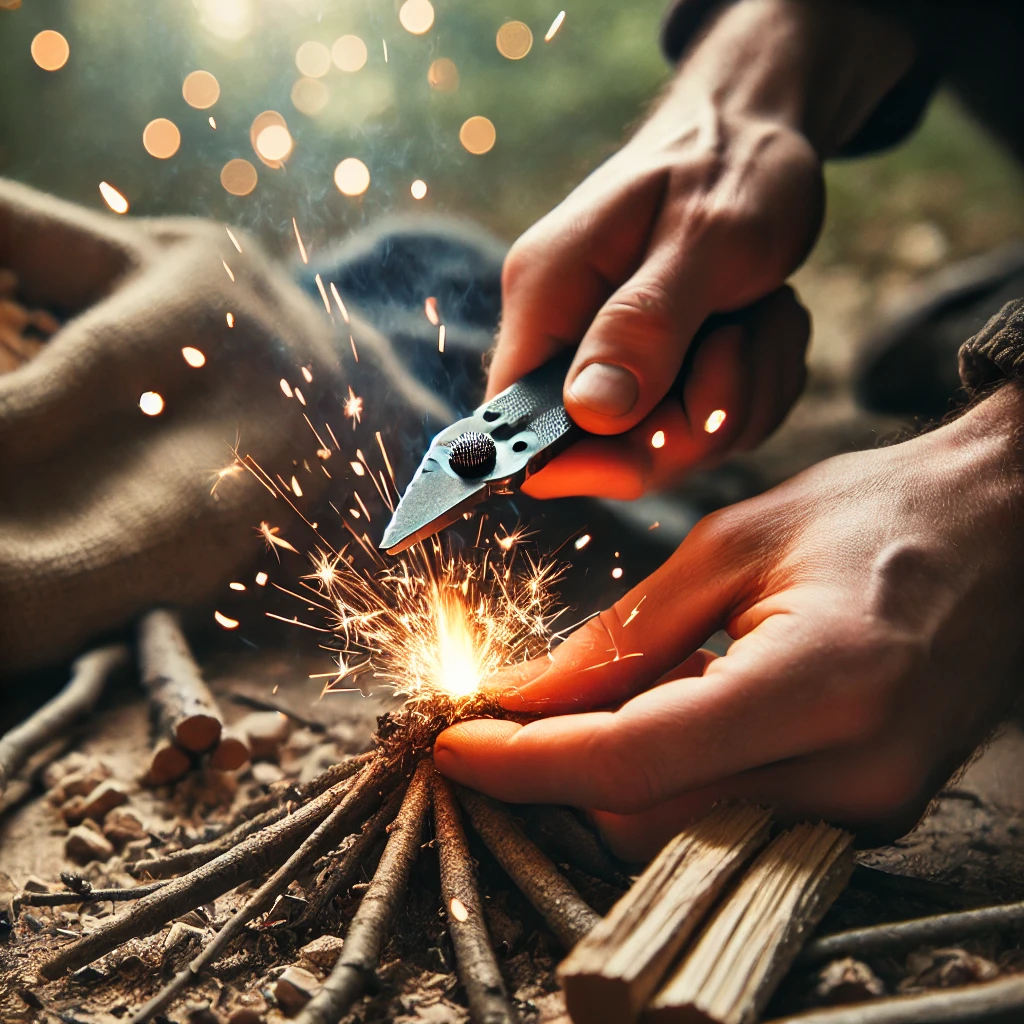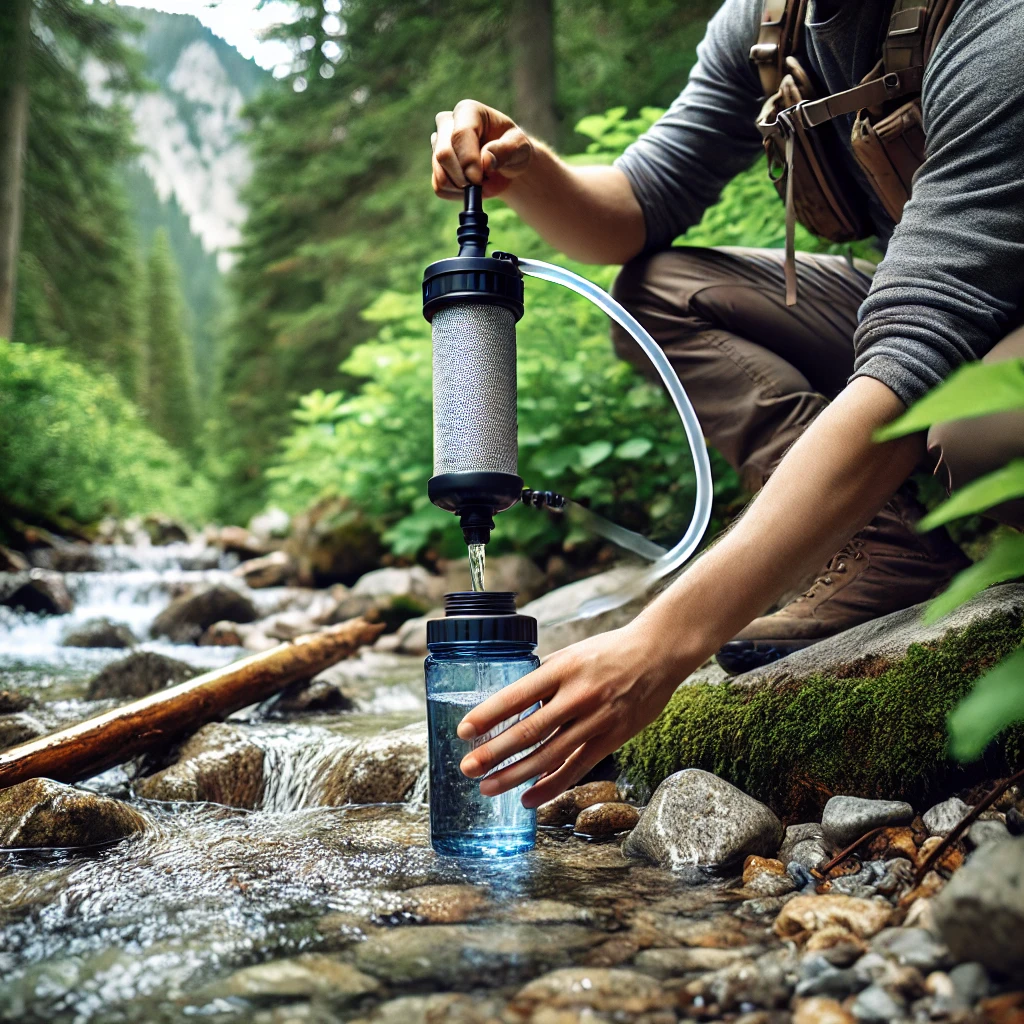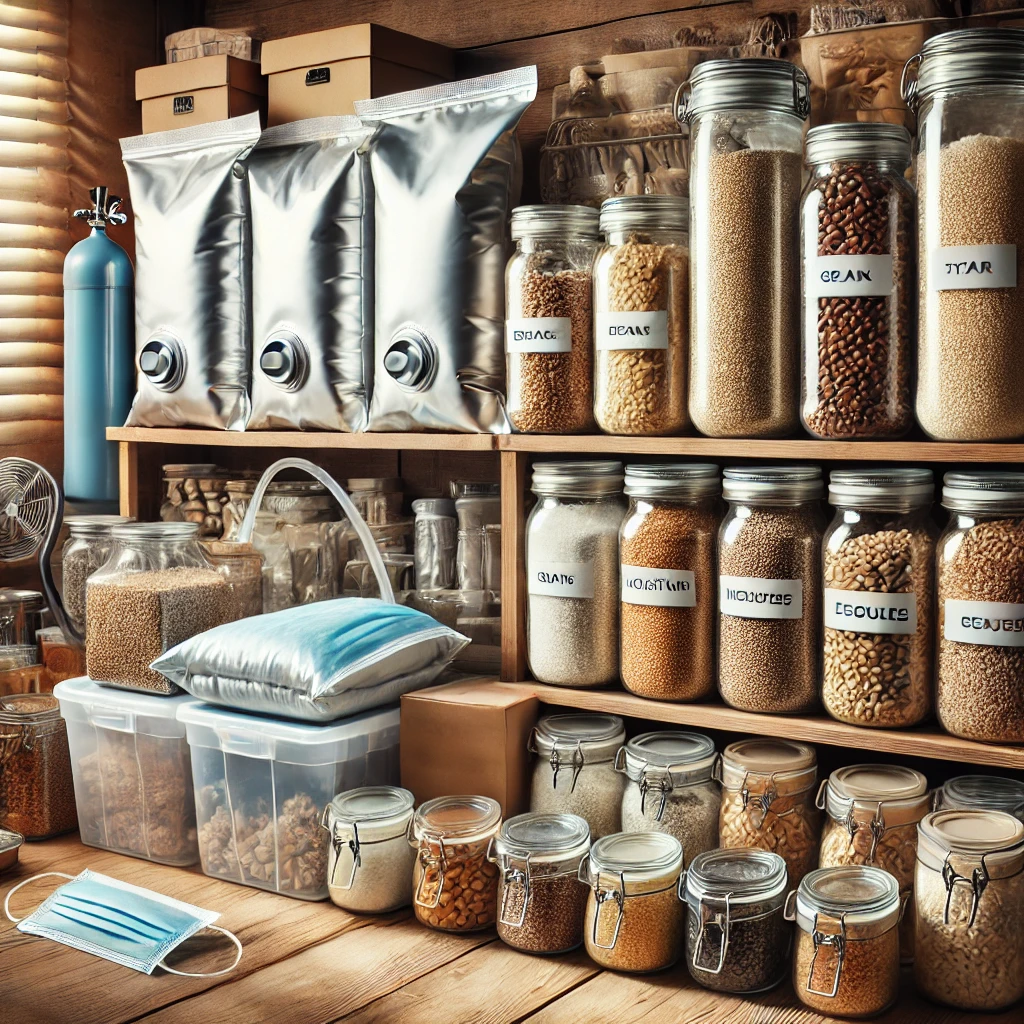Survival & Preparedness
Bow drill fire-starting method, Fire-making skills, Fire-starting survival skills, Fire-starting without a lighter, Fire-starting without tools, Flint and steel fire-starting, Friction fire techniques, How to start a fire in the wild, How to start a fire without matches, Primitive fire-making methods, Solar fire-starting with a magnifying glass, Survival fire-starting techniques
shahzadt472@gmail.com
0 Comments
Fire-Making Skills: How to Start a Fire Without Matches
Introduction:
Fire has been a critical survival tool for humans since the dawn of time. Whether you’re camping, hiking, or faced with an emergency situation, knowing how to start a fire without matches is an invaluable skill. Fire provides warmth, protection, the ability to cook food, and can be used as a signal for help. Learning this survival technique can mean the difference between life and death in extreme circumstances. In this guide, we’ll explore various methods to start a fire without matches and offer tips on how to make the process easier.
Essential Components of Fire
Before diving into fire-starting techniques, it’s important to understand the three key elements required for fire: heat, fuel, and oxygen. These are often referred to as the “fire triangle.”
- Heat: The initial spark or friction needed to ignite a flame.
- Fuel: Any material that will burn, such as dry leaves, wood, or paper.
- Oxygen: Fire requires oxygen to burn, so maintaining airflow is crucial.
Without all three, you won’t have a fire, so understanding and managing these components is essential.
Gathering Materials: Tinder, Kindling, and Fuel
- Tinder: This is the material that will catch your spark and start the fire. It must be dry and highly flammable. Common types of tinder include:
- Dry grass
- Pine needles
- Shredded bark
- Birch bark
- Cotton balls (with or without petroleum jelly)
- Char cloth
- Kindling: Small twigs and sticks that catch fire from the tinder and grow your flame. Kindling is slightly larger than tinder but still easy to ignite.
- Fuel: Larger pieces of wood or logs that will sustain the fire once it has been established. Gradually feed the fire larger pieces of wood after the tinder and kindling catch.
Fire-Starting Methods Without Matches
Here are several methods to start a fire without matches:
1. Flint and Steel
- How it Works: This method uses the friction between a piece of steel and a flint rock to create sparks.
- Materials Needed: Flint rock, steel striker (or any carbon steel knife), and tinder.
- Steps:
- Strike the steel against the flint at a sharp angle, aiming the sparks at your tinder.
- Once the tinder catches a spark, blow gently on it to nurture the flame.
- Gradually add kindling to build the fire.
Tips: Practice is crucial to get the right amount of pressure and angle. Flint and steel are highly reliable in wet conditions, making them a go-to method for survivalists.

2. Friction-Based Methods
A. Bow Drill
- How it Works: The friction from spinning a stick (drill) on a piece of wood (fireboard) creates heat, which generates an ember.
- Materials Needed: Bow (curved stick with cord), spindle (straight stick), fireboard (flat wood), and socket (handhold for the spindle).
- Steps:
- Create a small notch in the fireboard where the spindle will spin.
- Wrap the bowstring around the spindle.
- Place one end of the spindle in the notch and hold the socket firmly on the other end.
- Use the bow to quickly spin the spindle back and forth, generating friction and heat.
- Once you see smoke and an ember forms, carefully transfer it to your tinder.
B. Hand Drill
- How it Works: This is a simpler version of the bow drill but more physically demanding.
- Materials Needed: Spindle, fireboard, tinder.
- Steps:
- Place the spindle in the notch on the fireboard.
- Roll the spindle between your palms while applying downward pressure.
- Continue until friction produces an ember, then transfer it to your tinder bundle.
Tips: These methods require practice and patience. Using softwood for the fireboard and hardwood for the spindle is essential for creating sufficient friction. Dry conditions improve success rates.
3. Fire Plough
- How it Works: By rubbing a stick along a groove in a fireboard, friction creates enough heat to ignite tinder.
- Materials Needed: A fireboard and a stick (plough).
- Steps:
- Carve a groove in the fireboard.
- Rub the tip of the plough stick back and forth in the groove, applying downward pressure.
- Continue until you see smoke and an ember, which you then transfer to your tinder.
4. Solar Fire (Using a Magnifying Glass or Lens)
- How it Works: Focus sunlight through a magnifying glass or another lens (such as glasses or a plastic water bottle) to generate heat that ignites tinder.
- Materials Needed: Magnifying glass, glasses, or plastic water bottle; tinder.
- Steps:
- Hold the magnifying glass at an angle to focus the sunlight into a concentrated point on your tinder.
- Adjust the distance until you see the tinder starting to smoke.
- Once the tinder begins to smolder, gently blow on it to grow the ember into a flame.
Tips: This method works best in sunny conditions. Keep your tinder dry and use fine materials that catch easily.
5. Steel Wool and a Battery
- How it Works: By connecting steel wool to both ends of a battery, you create a circuit that heats up the steel wool and causes it to ignite.
- Materials Needed: Steel wool, 9V battery, tinder.
- Steps:
- Stretch out the steel wool to increase surface area.
- Rub the terminals of the battery against the steel wool until it ignites.
- Transfer the burning wool to your tinder bundle and blow gently to grow the flame.
Tips: This method is very reliable but requires both steel wool and a battery, which may not always be available in a survival situation.
Maintaining the Fire
Once your fire is started, you need to maintain it:
- Feeding the Fire: Start with small kindling and gradually add larger pieces of wood. Don’t smother the fire by adding too much too quickly.
- Airflow: Ensure there is enough oxygen flow. If the fire looks like it’s about to go out, gently blow on the base to provide oxygen.
Fire Safety and Precautions
- Location: Build your fire in a safe, open area, away from trees, dry grass, or anything flammable.
- Control: Keep the fire small and manageable, especially in windy conditions.
- Extinguish Properly: Always ensure your fire is completely out before leaving the area. Pour water on the fire, stir the ashes, and repeat until no heat remains.
- Fire Pit: If possible, build a fire in a designated fire pit or create a ring of stones to contain it.
Conclusion
Mastering fire-making without matches is a vital survival skill that can serve you in the wild, during emergencies, or even just for the challenge. While some methods, like using a battery and steel wool, are quick and easy, others, such as the bow drill, require practice and patience. By understanding the fire triangle, gathering the right materials, and practicing different techniques, you can develop the ability to create fire in any situation. This skill not only helps you stay warm and cook food but can also be a life-saving technique in extreme conditions.




Post Comment